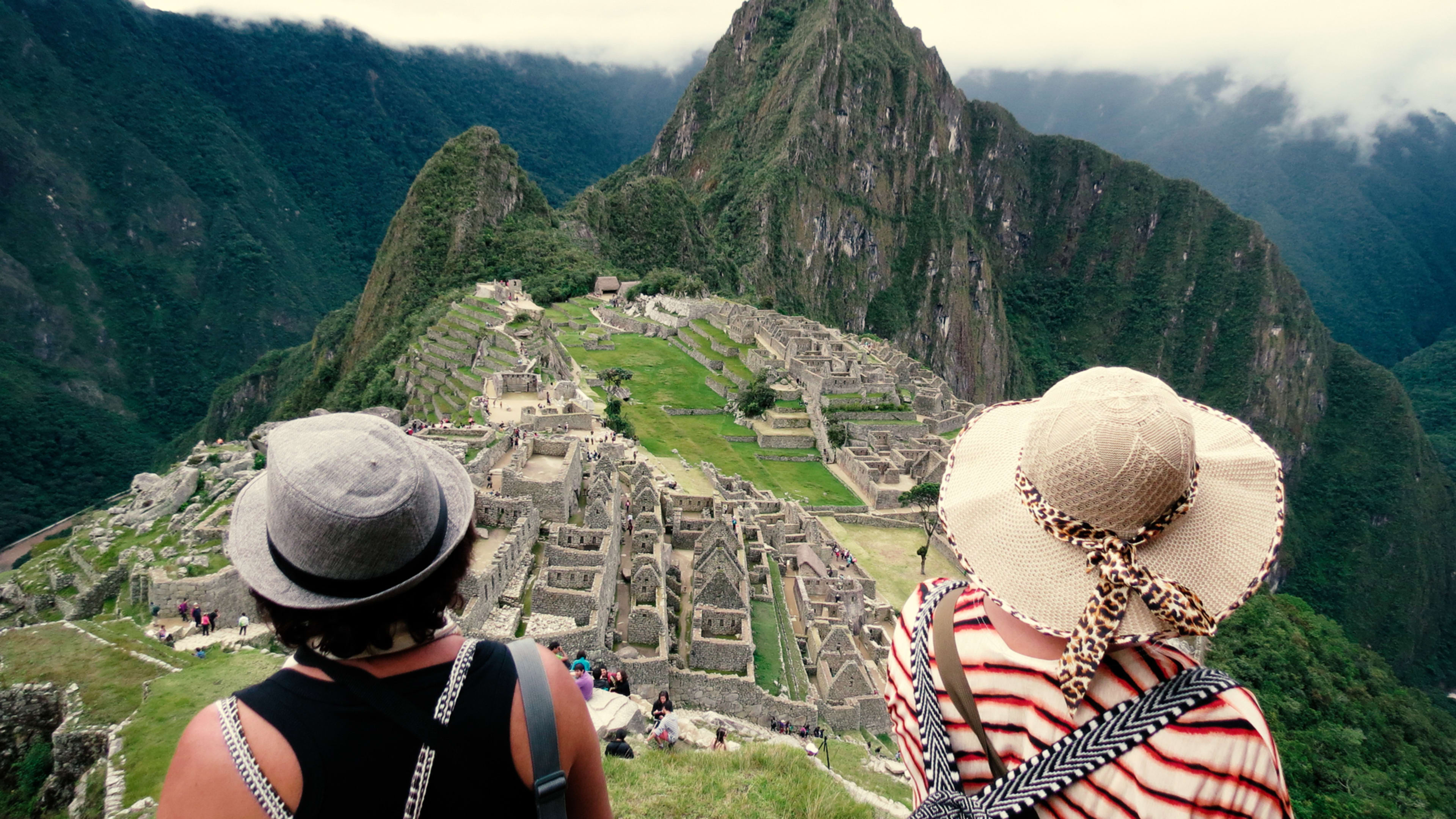Travel these days involves exploring new destinations, eating new foods, making memories, and dodging tourists as they try to snap that perfect Instagram photo. Instagram is great, but when Instagrammability becomes the No. 1 motivation for booking a holiday, and hotels start offering Instagram butlers, it can lead to over-tourism (a runner-up for word of the year!), dangerously crowded conditions, people making terrible choices to get a good shot, and a glut of articles about how Instagram is ruining travel.
As the Instagram Effect continues into 2019, destinations are coming up with ways to fight back–and fight off the teeming hoards of selfie-stick-wielding visitors. Photogenic destinations like Barcelona, Amsterdam, Cinque Terre, and Santorini are starting to limit how and when tourists visit in hopes of preserving the landmarks for the future.
Here are five destinations fighting the Instagram Effect:
Isle of Skye, Scotland
Traveling Instagram influencers love snapping photos of the Isle of Skye’s fairy pools, the sunset over Elgol, and the rocky Old Man of Storr. The tiny island’s infrastructure can’t handle the traffic, leading to crowds, traffic jams, and misbehaving tourists. In 2017, local police on the Inner Hebridean island were warning people not to come if they didn’t have accommodation booked.
Dubrovnik, Croatia
Thanks to Game of Thrones, the city’s Old Town has been swamped with tourists snapping selfies in King’s Landing. To combat the crowds, the city has limited the number of cruise ships that can dock and the number of visitors that can visit. In 2017, Dubrovnik limited the number of daily visitors to 8,000, monitored by security cameras, and new regulations expected to roll out in 2019 could halve that amount.
Skellig Michael, Ireland
Luke Skywalker’s retreat in Star Wars: The Force Awakens has become an increasingly popular tourist destination–almost 17,000 visitors came in 2017. Now, the UNESCO World Heritage Site allows no more than 180 tourists per day, and has been known to close to tourists to let nature have its way.
Mallorca, Spain
Over-tourism on the Balearic island led to a “summer of action” where campaigners vandalized hotels, demonstrated at the airport, and tagged graffiti proclaiming that “tourism kills the city.” The government responded by doubling the tourist tax to €4 ($4.64) per person per day, the Telegraph reports. It also cracked down on Airbnb and other short-term vacation rentals, “banning everything except those in detached homes that are neither on public land nor in a region near an airport,” per CN Traveler.
Machu Picchu
In 2015, the Peruvian government announced its five-year, $43.7 million plan to protect the ruins, CN Traveler reports. In 2017, they started limiting tourists to two timed entries each day, requiring they be aided by an approved guide, and restricting them to specific trails through the ruins. Only 5,000 tickets are available each day, more than twice the number suggested by UNESCO, but the tourist dollars are too good for the country to ignore. This year, they have further limited tourism, with a four-hour time limit and no re-entry allowed.
Recognize your brand’s excellence by applying to this year’s Brands That Matter Awards before the final deadline, June 7.
Sign up for Brands That Matter notifications here.
